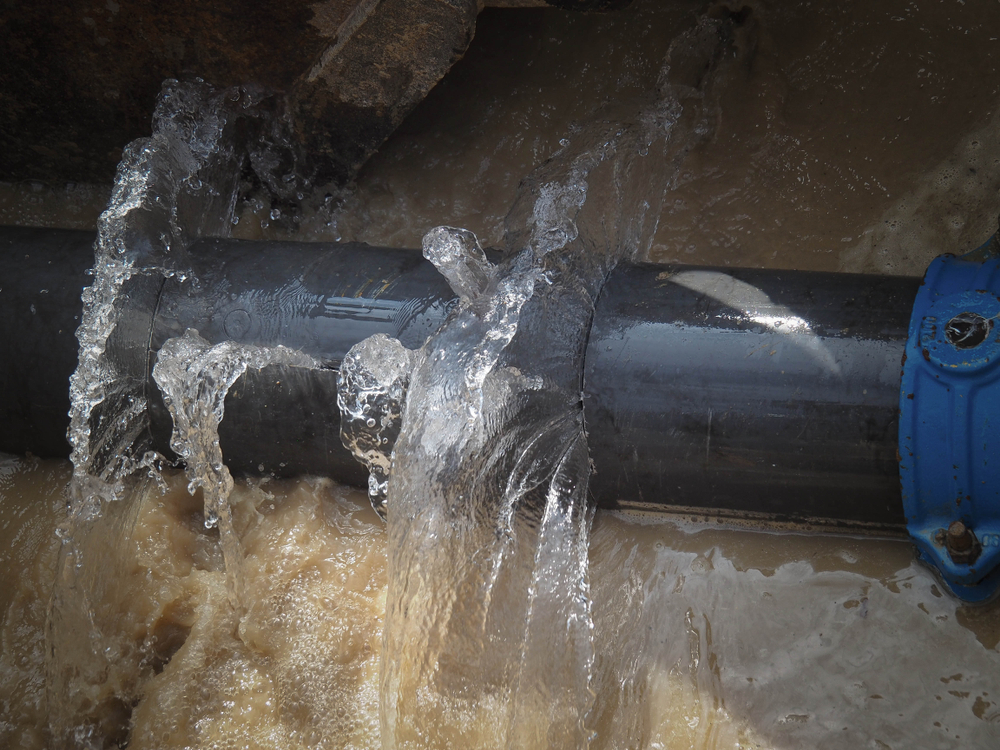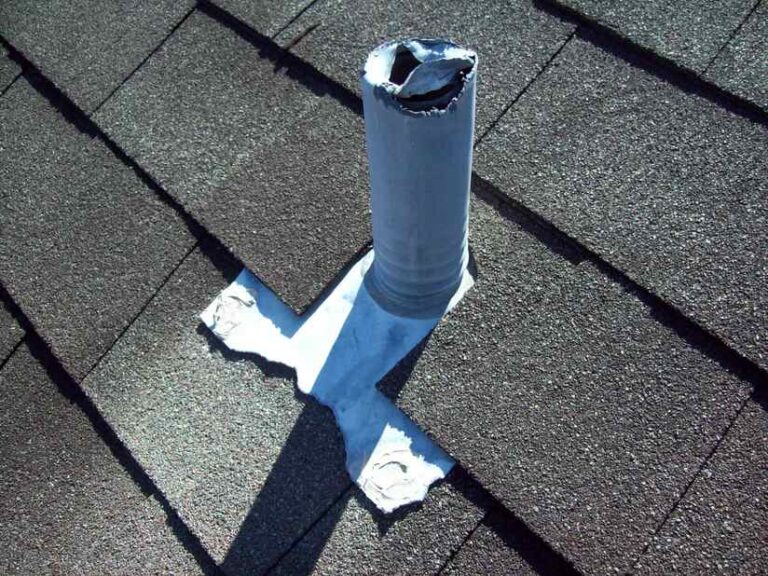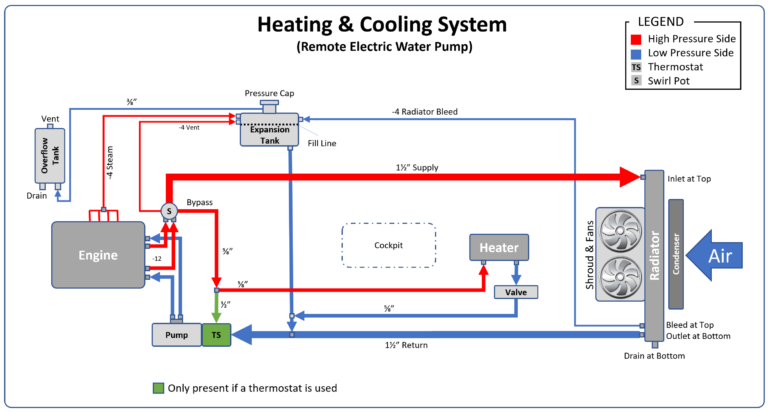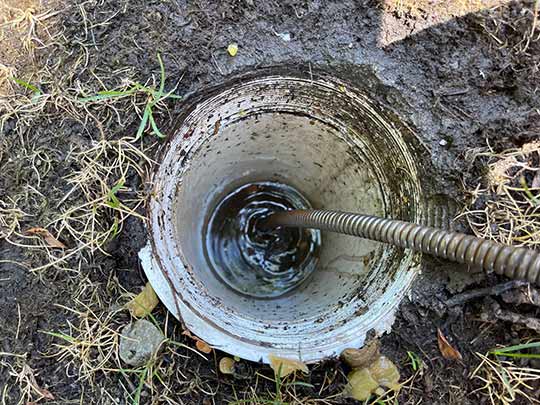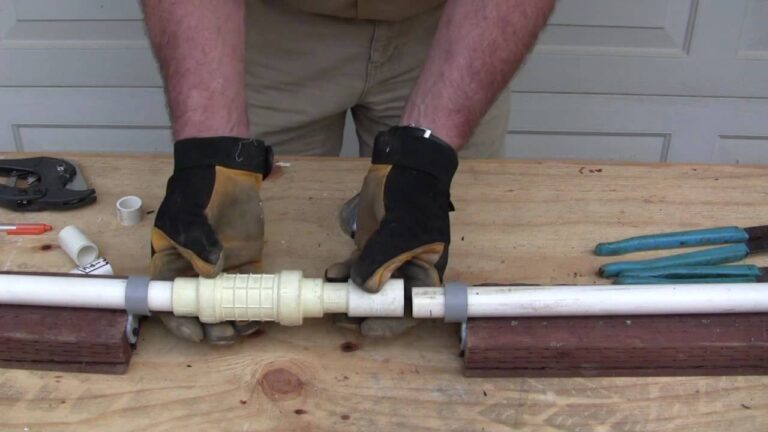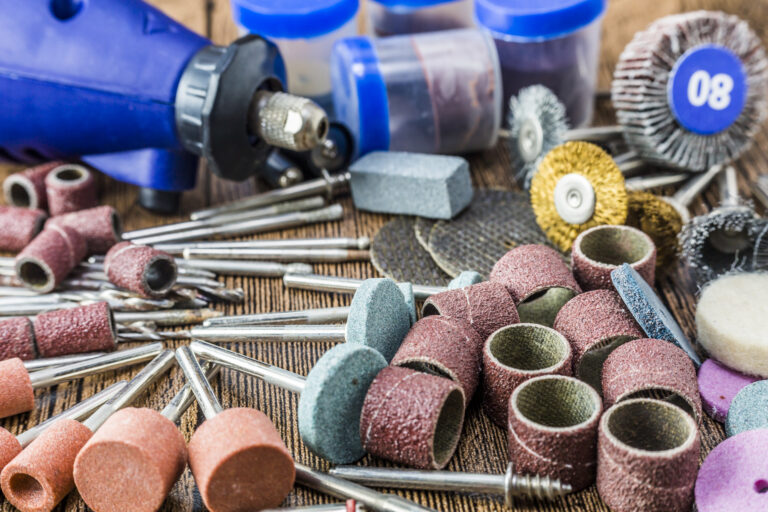How Are Broken Or Damaged Pipes Fixed?
Broken or damaged pipes can cause a lot of damage to your home and property. Fortunately, there are a few different methods for repairing broken or damaged pipes. Depending on the severity of the damage, the methods used to fix a broken or damaged pipe can range from something as simple as replacing a few pieces of piping to a more complicated process of replacing the entire pipe. In some cases, plumbing professionals may need to use specialized tools and techniques to repair broken or damaged pipes. Regardless of the method used, it is important to have a professional handle the repair job to ensure that the pipe is replaced or repaired correctly to avoid further damage.
Assessing the Pipe Damage
When it comes to broken pipes, many homeowners may not know exactly what to do. While some damage may be fixed with a simple patch, more serious issues may require pipe replacement. The first step in fixing broken pipes is to assess the damage.
First, the plumber must check the source of the leak. This can include checking the pipe, connections, and fixtures. If the source of the leak is not immediately apparent, the plumber may need to use specialized equipment, such as a water pressure gauge, to identify the exact location of the leak.
Next, the plumber will inspect the pipe itself to determine the extent of the damage. If the pipe is severely corroded or damaged beyond repair, then it may need to be replaced. However, if the damage is relatively minor, then a simple patch or sealant may be enough to repair the pipe.
Finally, the plumber must consider any other factors that could affect the repair. For example, if the pipe is located in a hard-to-reach area or is difficult to access, then the repair may be more difficult and require specialized tools. Additionally, the plumber must consider the age of the pipe, as older pipes may be more susceptible to damage.
By assessing the damage and taking these other factors into account, the plumber can determine the best course of action to repair the broken pipe. With the right tools and knowledge, a plumber can make sure that the repair is done safely and correctly.
Preparation for Pipe Repair
Pipe repair is a complex and sometimes perilous process, so it is important to prepare properly before beginning. It is critical to understand the type of pipe being worked on and assess the damage done to it. If the damage is too far gone, a plumber may need to replace the entire pipe, rather than attempt to repair it. Various tools from hacksaws to pipe cutters may be needed to prepare the pipe for repair, depending on the severity and extent of the damage.
If the situation requires, a plumber may need to access the pipe from inside the wall or dig a trench to reach the pipe. In either case, the plumber must ensure the safety of those in the area, as well as the integrity of the building and its foundations.
Once the pipe is exposed, the plumber can assess the situation and identify the necessary steps to fix the pipe. This could involve cutting away the damaged parts of the pipe, replacing fittings, and adding features such as heat-shrink sleeves or repair clamps to ensure a secure fit. In some cases, the plumber may need to use a specialized epoxy to bond the pieces together.
Before any repairs are made, it is essential to clean the pipe thoroughly with a wire brush or cleaning product to ensure that the repair holds. Doing so will also help prevent the spread of any contaminants or debris that may have caused the initial damage.
By taking the necessary steps to prepare for pipe repair, a plumber can ensure that the repair is done quickly, safely, and correctly.
Pipe Repair Methods
Fixing broken or damaged pipes can be a daunting task for homeowners. Fortunately, there are several methods available for repairing pipes, depending on the type, severity of the damage, and accessibility. Different materials require different repair methods, such as copper pipes, flexible plastic pipes, and iron pipes. For instance, metal pipes can often be welded together, while PVC pipes can be repaired using a patch or coupling.
The most common repair methods include pipe patching, epoxy repair, pipe lining, and pipe relining. Pipe patching is a temporary solution that involves applying a patch over the affected area. Epoxy repair involves using a two-part epoxy resin to fill in any cracks or holes. Pipelining is a more permanent solution that involves inserting a liner into the damaged pipe, and then sealing it in place with a special adhesive. Lastly, pipe relining involves inserting a new pipe into the damaged pipe, which is then sealed with a special adhesive.
No matter which repair method is used, it is important to make sure that the pipes are properly secured and sealed. This will help prevent further damage and ensure that the repair job is successful. Additionally, it is important to have the repair job done by a professional plumber to ensure that the job is done properly.
By understanding the different repair methods available, homeowners can be better prepared to handle broken or damaged pipes. Knowing the right repair method will ensure that the repair job is successful and help save time and money in the long run.
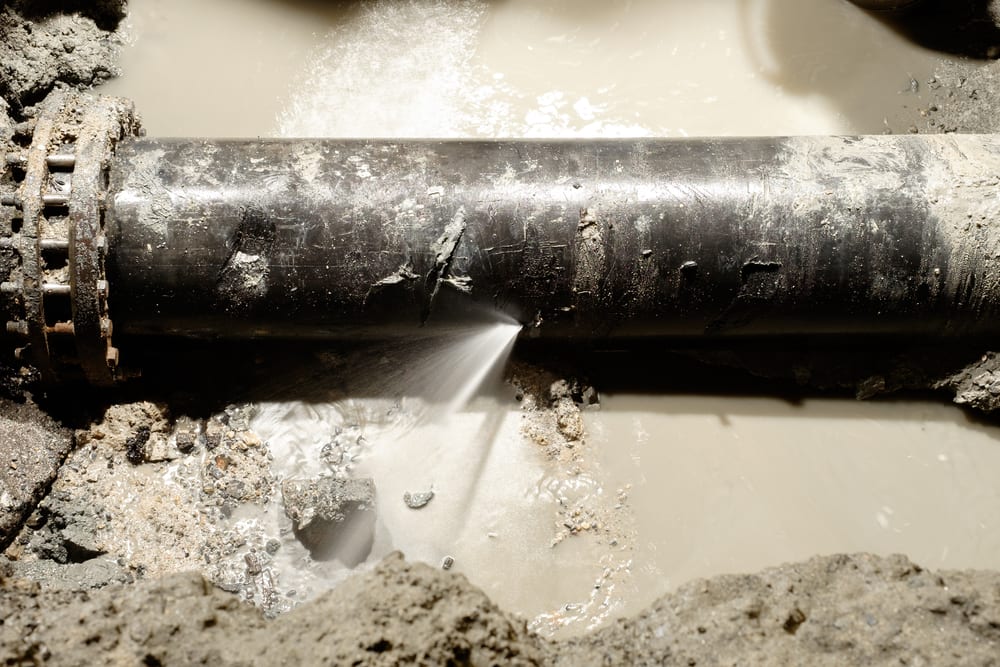
Benefits of Professional Pipe Repair
Having your pipes fixed professionally comes with a variety of benefits. Professional plumbing companies can provide quick and efficient repairs that will last for years to come. With access to the latest and best tools and technology, they can help you get the job done right the first time. Additionally, they can provide maintenance services to help you prevent future pipe damage and keep your plumbing system running smoothly.
Professional pipe repair companies also provide cost-effective solutions. They can accurately diagnose the issue and provide a reliable solution that fits within your budget. This can help you avoid costly repairs and ensure your pipes remain in top condition. Additionally, they can help you find the best materials and tools for the job that will stand the test of time.
Finally, professional pipe repair companies are equipped to handle any situation. From complex repairs to quick fixes, they can take on a variety of tasks and provide the best results possible. With years of experience and a wealth of knowledge, they can quickly identify the issue and provide the best solution for your needs. This can help you save time, money, and effort down the road.
Signs that Professional Repairs are Necessary
Pipes are essential for plumbing systems to function properly. Unfortunately, over time, pipes can become damaged or broken. While trying to fix a broken or damaged pipe can be a DIY project, it is often better to leave the task to a professional. Here are the signs that professional repairs are necessary:
1. Unusual Noises – If you hear odd noises coming from your pipes, it could be a sign that they need repairs. Unusual noises are often a result of leaking, which can cause further damage if left unaddressed.
2. Low Water Pressure – Low water pressure is a common sign of a broken or damaged pipe. If you have noticed a decrease in water pressure, it is important to get it checked out.
3. Water Leaks – If you notice any water spots near your pipes, it is likely a sign of a leak. Water leaks can cause significant damage to your home and should be fixed as soon as possible.
4. Corrosion – Pipes can corrode over time, which can make them brittle and prone to breakage. If you notice any corrosion, it is important to have it fixed as soon as possible.
If you notice any of the above signs, it is important to call a professional to take a look. The sooner the problem is identified and fixed, the less likely it is to cause long-term damage. Professional technicians are experienced and have the necessary tools to safely and effectively repair damaged or broken pipes.
Prevention Measures for Pipe Damage
Pipe damage can cause costly and time-consuming repairs, but it can be prevented with proper maintenance. Regular inspections of your pipes can help identify any existing problems and allow you to address them before they become more serious. It’s also important to regularly check for signs of corrosion, particularly if you have metal piping. If you notice any leaking or corrosion, contact a professional plumber as soon as possible.
You can also protect your pipes from damage by taking steps to prevent freezing, which can cause pipes to burst and crack. Make sure to check for any drafts in your home and take steps to insulate exposed pipes. Additionally, if you’re expecting a cold snap, keep a trickle of water running in your pipes to prevent freezing.
Finally, be aware of the materials that your pipes are made of. Different kinds of pipes have different levels of vulnerability to damage. For instance, PVC pipes are highly resistant to corrosion, making them a great choice for areas that are prone to extreme weather conditions. In contrast, metal pipes are more susceptible to corrosion and should be avoided in areas with high levels of humidity.
By following these simple tips, you can keep your pipes in good condition and avoid costly repairs. However, if you do find yourself with a broken or damaged pipe, it’s important to contact a professional plumber to address the problem as soon as possible.
FAQs About the How Are Broken Or Damaged Pipes Fixed?
1. How long does it take to fix a broken pipe?
The amount of time necessary to fix a broken pipe varies depending on the complexity of the repair. Generally, repair times may range from a few hours to a full day or more.
2. Is it necessary to replace the entire pipe when it is broken?
No, it is usually not necessary to replace the entire pipe when it is broken. In many cases, a broken pipe can be fixed by simply replacing the damaged area or sections.
3. Are there any special tools needed to fix a broken pipe?
Yes, depending on the type of pipe, the repair job may require special tools. For example, copper pipes may require a pipe cutter, reamer, and soldering equipment.
Conclusion
Broken or damaged pipes can be fixed in many ways, depending on the severity of the damage. Plumbers can use a variety of techniques such as pipe patching, pipe relining, pipe bursting, and pipe replacement to repair damaged pipes. Pipe patching is an effective way to repair small cracks, pinholes, and other minor damage. Pipe relining involves inserting a new lining inside an old pipe to stop leaks and restore strength. Pipe bursting involves pushing a new pipe through an old pipe to replace it. Finally, pipe replacement is used when the damage is too severe for any of the other methods. Regardless of the method used, it is important to have a professional plumber inspect your pipes to ensure that they are properly repaired.

